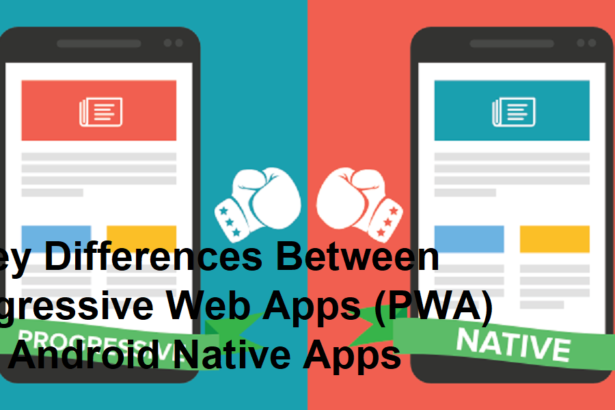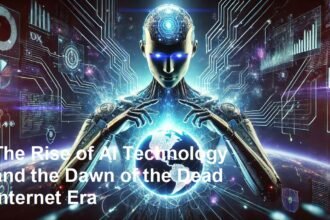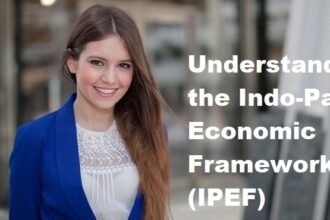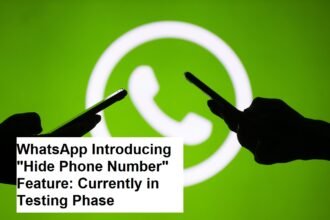What is B2B ? Definition and Core Characteristics
B2B (Business-to-Business) refers to commerce between companies, where one business sells products/services to another business.
Real-World Examples:
- Salesforce (CRM software for enterprises)
- Cisco (networking hardware for offices)
- Slack (team collaboration tools for organizations)
Key Traits:
- Buyers: Committees or professionals (IT managers, procurement teams)
- Purchase Motivation: ROI, efficiency, long-term value
- Sales Cycle: Complex (3–12+ months)
- Relationship-Driven: Contracts, SLAs, personalized support
What is B2C? Definition and Core Characteristics
B2C (Business-to-Consumer) involves businesses selling directly to individual customers.
Real-World Examples:
- Amazon (e-commerce to shoppers)
- Netflix (streaming to viewers)
- Nike (athletic wear to consumers)
Key Traits:
- Buyers: Individual end-users
- Purchase Motivation: Emotion, price, convenience
- Sales Cycle: Short (minutes to days)
- Transaction-Focused: Mass marketing, quick conversions
6 Fundamental Differences Between B2B and B2C
1. Decision-Making Complexity
| B2B | B2C |
| Multi-stage approvals (finance, IT, legal) | Individual/family decisions |
2. Sales Cycle Length
- B2B: 3–12 months (demo → contract → onboarding)
- B2C: Instant (click → checkout)
3. Marketing Strategies
| B2B | B2C |
| LinkedIn, whitepapers, webinars | Instagram, TikTok, Google Ads |
| Case studies, ROI calculators | Influencers, emotional ads |
4. Pricing Structure
- B2B: Custom quotes, bulk discounts, annual contracts
- B2C: Fixed pricing, seasonal sales
5. Relationship Dynamics
- B2B: Dedicated account managers, 24/7 support
- B2C: Chatbots, FAQ pages, community forums
6. Product Complexity
- B2B: Enterprise software, industrial machinery
- B2C: Apparel, groceries, entertainment
Why the Confusion? Hybrid Models Blurring Lines
Some businesses operate in both B2B and B2C spaces:
- Apple: Sells iPhones to consumers (B2C) andenterprise solutions to businesses (B2B)
- Adobe: Creative Cloud subscriptions (B2C) + enterprise licenses (B2B)
- Shopify: Tools for businesses(B2B) enabling consumer sales (B2C)
Marketing Mistakes to Avoid
B2B Pitfalls
- Overloading jargon in content
- Ignoring post-sale support
- Underestimating relationship-building
B2C Pitfalls
- Failing to personalize offers
- Neglecting mobile UX
- Inconsistent brand messaging
Data-Driven Insights: Trends Shaping Both Models
1. B2B Personalization:
- 80% of B2B buyers expect Amazon-like buying experiences (Accenture)
2. B2C Subscription Boom:
- 75% of D2C brands offer subscriptions (McKinsey)
3. Tech Convergence:
- AI chatbots now handle 70% of B2B inquiries (Gartner)
- TikTok driving 53% of Gen Z B2C purchases (Statista)
Which Model Fits Your Business?
1. Choose B2B If:
- Your product solves enterprise pain points (e.g., supply chain software)
- You can sustain long sales cycles
2. Choose B2C If:
- Your product appeals to mass audiences (e.g., fitness gear)
- You prioritize rapid scaling
Pro Tip: Start with B2C validation → expand to B2B (e.g., Dropbox’s freemium model).
Expert Takeaways
- B2B Success= Trust + ROI proof + seamless onboarding
- B2C Success= Emotion + convenience + brand loyalty
- Future Outlook: B2B is adopting B2C tactics (short-form video, influencers), while B2C leverages B2B tech (CRM, analytics).









